Explore imaginative writing in your classroom with these 3 fun story writing prompts for Easter.
Easter Story Time! Easter Writing Prompts for the Classroom 🐰
Egg-cellent writing is only an activity away!
Help your students explore their imaginative writing skills with these Easter Bunny story starters.
This curriculum-aligned Easter activity is a fantastic way to keep your students’ brains kicking (or hopping!) during the lead-up to the holidays.
Choose from one of three story starters:
🥕The Day the Carrots Turned Blue
🐰 How to Catch an Easter Bunny
🥚 Who Framed the Easter Bunny?
Then, let your students go wild! Each page contains a story-starting prompt, as well as writing lines for students. There’s even a blank extra page for those who need it.
Tips for Differentiation + Scaffolding
In addition to individual student work time, use this worksheet as a:
- guided group writing activity
- fast finisher activity
- homework assignment
- whole-class review (via smartboard)
Easily Download & Print
Use the dropdown icon on the Download button to choose between the colour or black and white PDF or Google Slides version of this resource.
To save paper, we suggest printing this 2-page worksheet double-sided.
Additionally, project the worksheet onto a screen and work through it as a class by having students record their answers in their notebooks.
Get more handy worksheets here!
Don’t stop there! We’ve got more activities to shorten your lesson planning time:
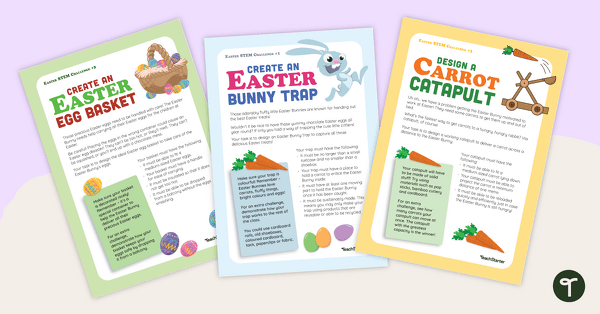 teaching resourceEaster STEM ActivitiesEncourage design thinking with our hands-on STEM activities for Easter.  teaching resourceWingaru Easter Egg Basket - Footsteps DesignAn Aboriginal egg basket-making activity featuring authentic First Nations designs by Dunghutti artist, Cynthia O’Brien-Younie.  teaching resourceEaster Mini-Mystery – Who Stole the Easter Egg?A fun, logic-based Easter-themed activity where students read clues to solve the mystery. |
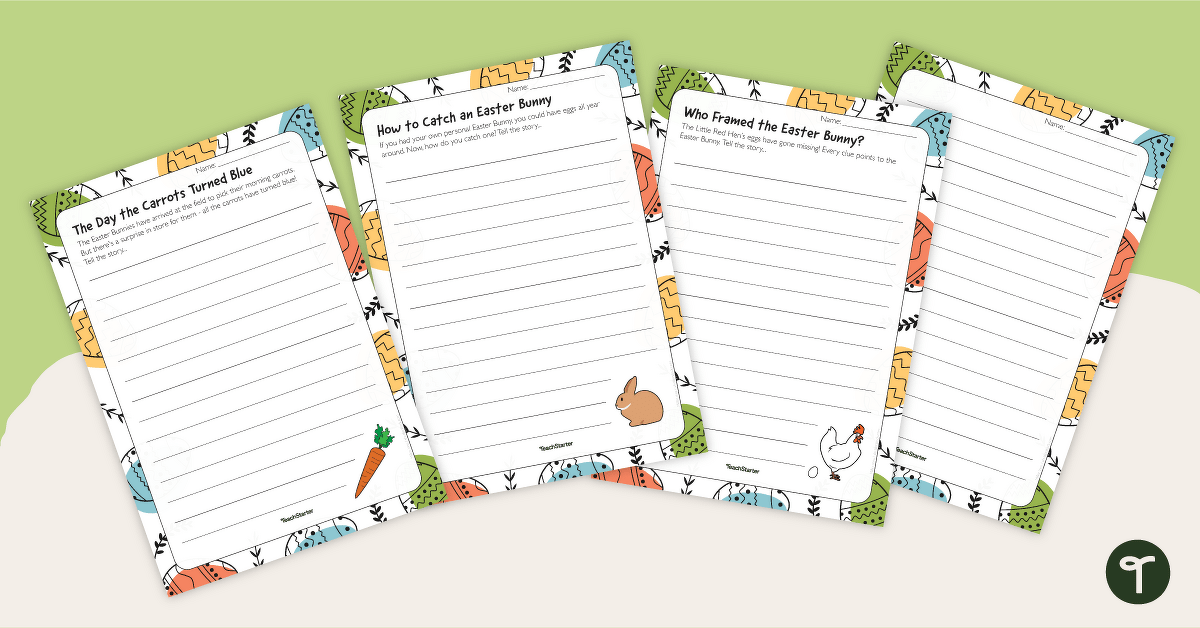

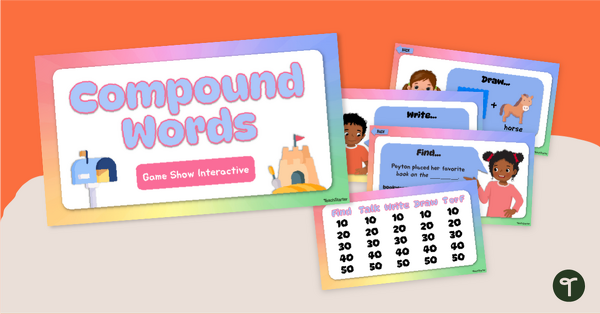
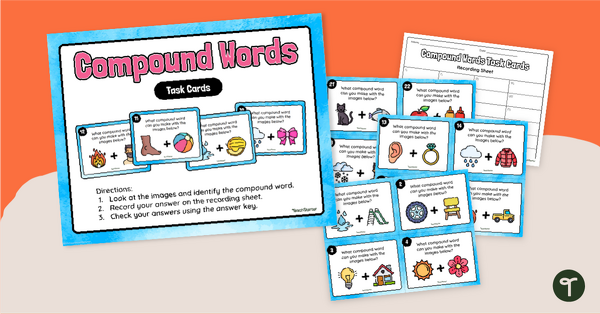
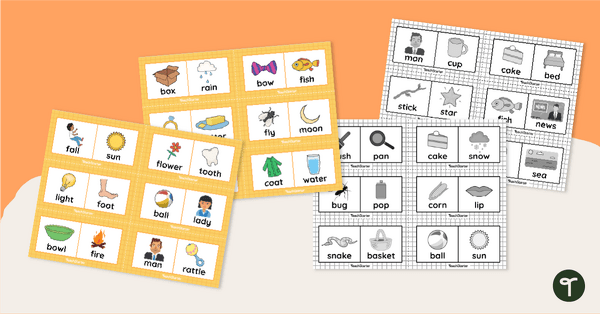


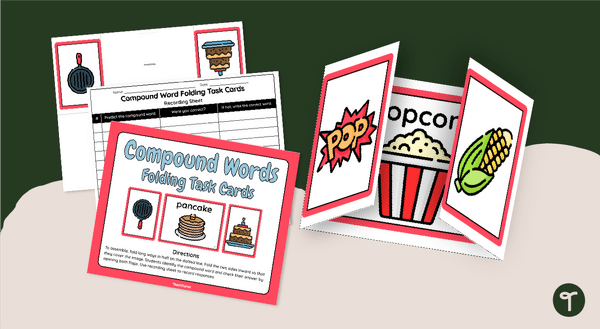
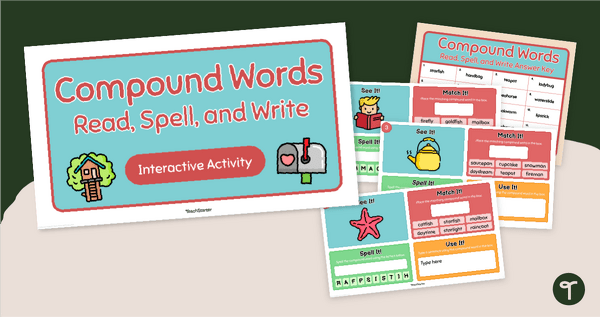

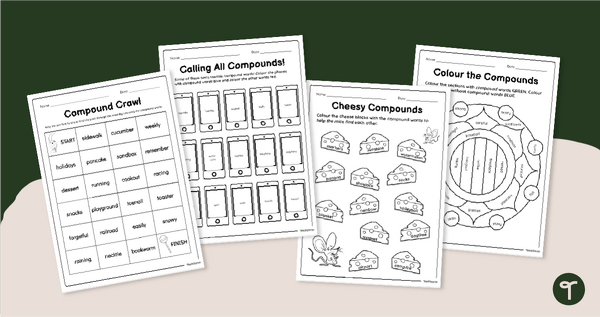
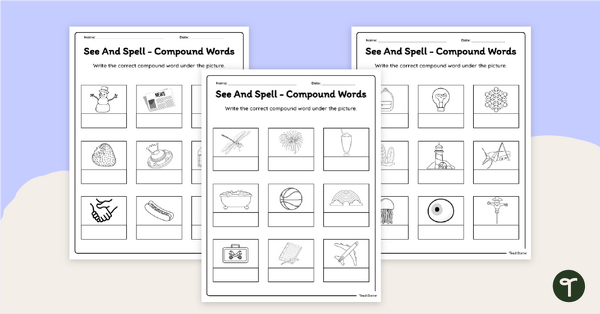
0 Comments
Write a review to help other teachers and parents like yourself. If you'd like to request a change to this resource, or report an error, select the corresponding tab above.